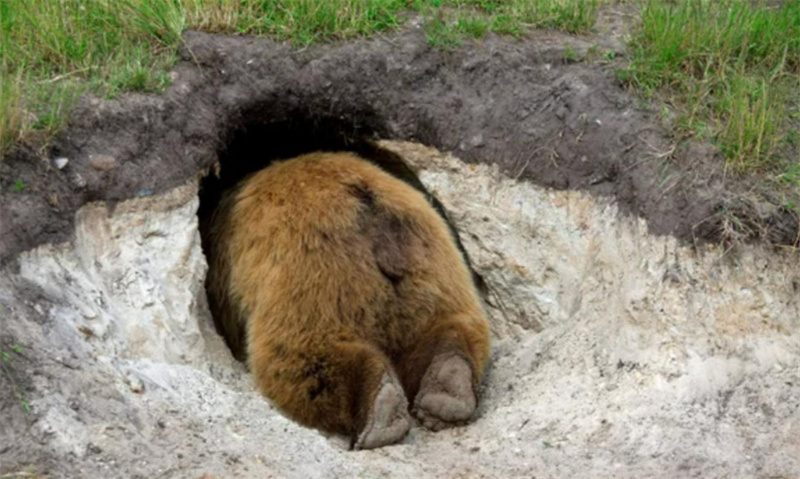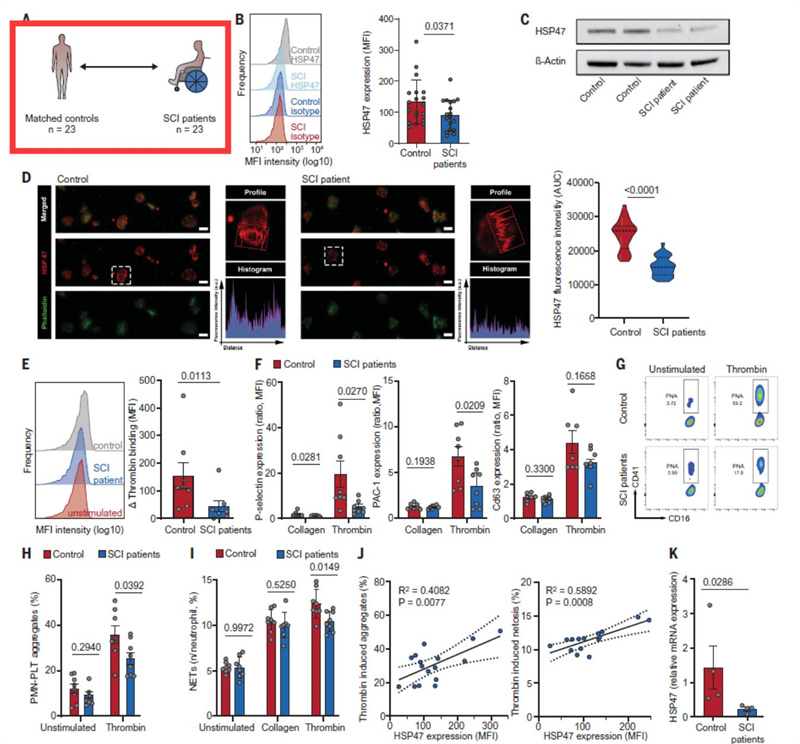From Hibernating Bears to Bedrest-bound Humans: The Mystery of Immobility-Associated Thromboprotection
Blood clots, also known as thrombosis, can be a serious health risk, leading to conditions like strokes and heart attacks. It's well-known that immobility, such as prolonged bedrest or recovery from surgery, can increase the risk of blood clots. However, a recent study published in Science by Thienel et al. in April 2023 has uncovered a fascinating phenomenon - immobility-associated thromboprotection, which seems to be conserved across mammalian species, from bears to humans.

The study by Thienel et al. started with an investigation of bears during hibernation, a period of extended immobility that lasts for months. Surprisingly, the researchers found that bears do not experience blood clots despite being immobile for such a long time. This discovery sparked their curiosity to delve deeper into the mechanisms behind this phenomenon and explore whether it exists in other mammals, including humans.

To uncover the mystery, the researchers analyzed blood samples from bears during hibernation and compared them to samples from bears during their active period. They made an intriguing discovery - bears have a unique adaptation during hibernation that prevents blood clot formation. It turns out that bears have increased levels of a protein called von Willebrand factor (VWF), which normally plays a role in blood clotting. However, bears have a modified form of VWF that has reduced clotting activity, unlike in humans where high levels of VWF are associated with increased clotting risk. This modification prevents blood clot formation in bears despite their immobility during hibernation, providing a natural mechanism to protect against thrombosis.
Even more fascinating, the researchers found that this immobility-associated thromboprotection is not limited to bears alone. Other hibernating animals like squirrels and hedgehogs also exhibit similar modifications in their VWF, suggesting that this mechanism may be a common adaptation to prevent blood clots during prolonged immobility in animals that hibernate.
But what about humans? Could we also have a natural mechanism to protect against blood clots during immobility? Thienel et al. investigated this by analyzing blood samples from human patients who were immobilized due to surgery or prolonged bedrest. Astonishingly, they found that humans also show similar modifications in their VWF during immobility, although to a lesser extent compared to bears and other hibernating animals. This suggests that humans may indeed possess a natural mechanism to protect against blood clots during immobility, although it may not be as effective as in bears.
Thienel et al.'s study has unraveled the mystery of immobility-associated thromboprotection, which seems to be conserved across mammalian species, from hibernating bears to bedrest-bound humans. The findings highlight the fascinating ways in which animals have evolved to adapt to their environments and shed light on potential strategies for preventing blood clots in humans, particularly in those who are at increased risk due to immobility. Further research in this area could open new doors to developing innovative thromboprotective approaches. Who knew that studying bears could provide clues to protect our own health? Nature continues to amaze us with its wonders!
Thienel M, et al. Immobility-associated thromboprotection is conserved across mammalian species from bear to human. Science. 2023 Apr 14;380(6641):178-187. doi: 10.1126/science.abo5044. Epub 2023 Apr 13. PMID: 37053338.
Related Immunoassays
- Cardiac Markers
-
Tumor Marker
-
PGII
-
G17
- CA50
-
CA125
- CA242
-
CA15-3
- CA19-9
- CA72-4
-
Pepsinogens I (PGI)
-
Human Epididymis 4 (HE4)
- Prostate-Specific Antigen (PSA)
- Squamous Cell Carcinoma (SCC)
- Neuron-Specific Enolase (NSE)
- Cytokeratin 19 Fragment (CYFRA21-1)
- Human Progastrin-releasing Peptide (ProGRP Tumor Marker)
- Protein Induced by Vitamin K Absence or Antagonist-II (PIVKA II Tumor Marker)
- Alpha-fetoprotein(AFP)
-
CEA
-
Human Chitinase 3-like 1
-
PGII
- Inflammatory Marker
- Infectious Disease
- Hormones
- Thyroid Function
- Glucose Metabolism
- Bone Marker
- Others
-
Heterophilic Blocking Reagent
- Animal Diagnostics

















